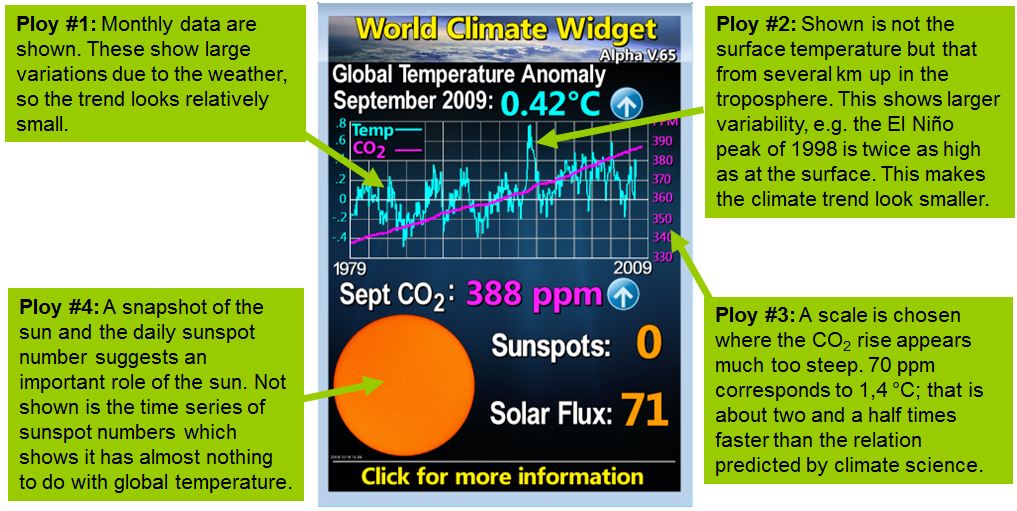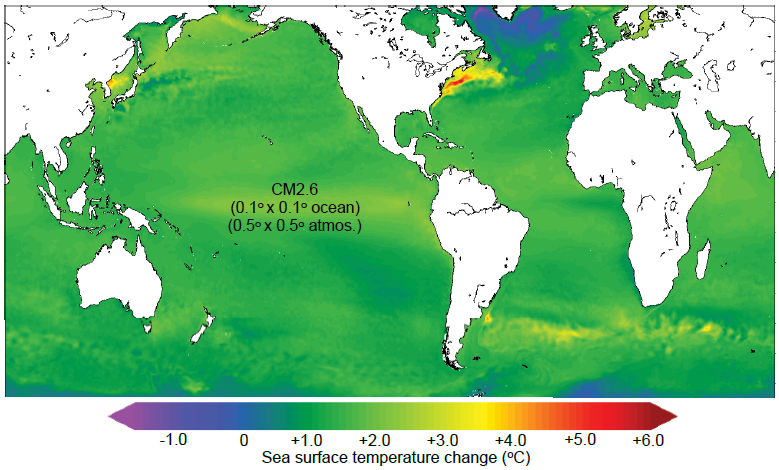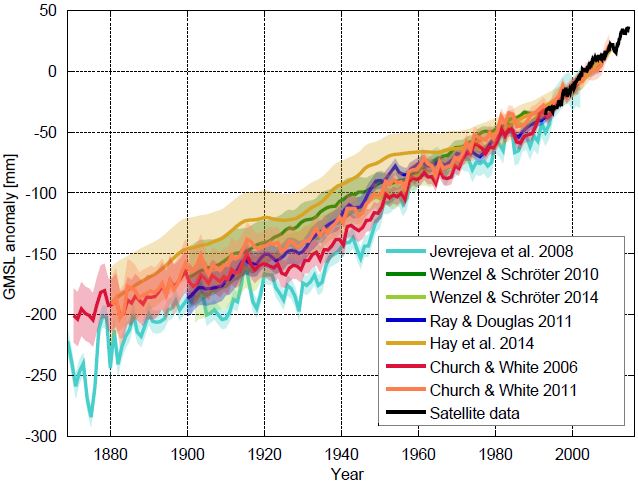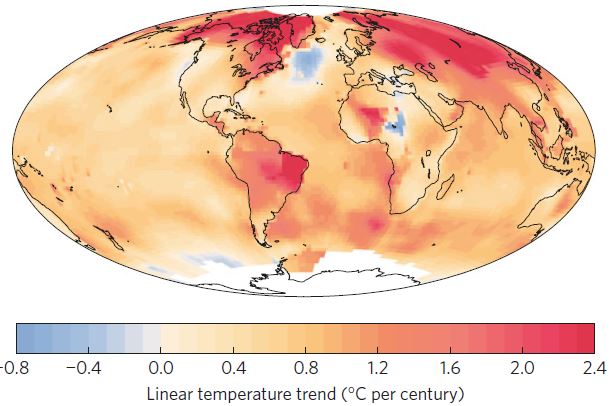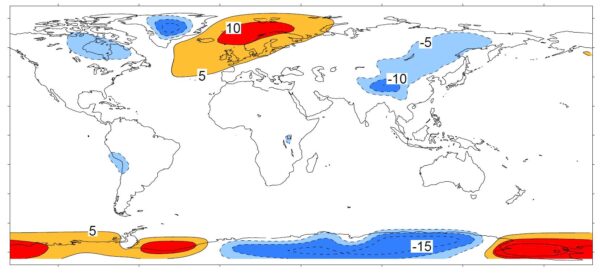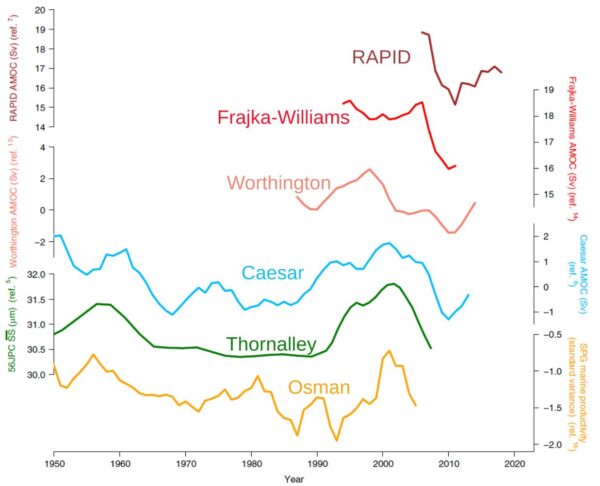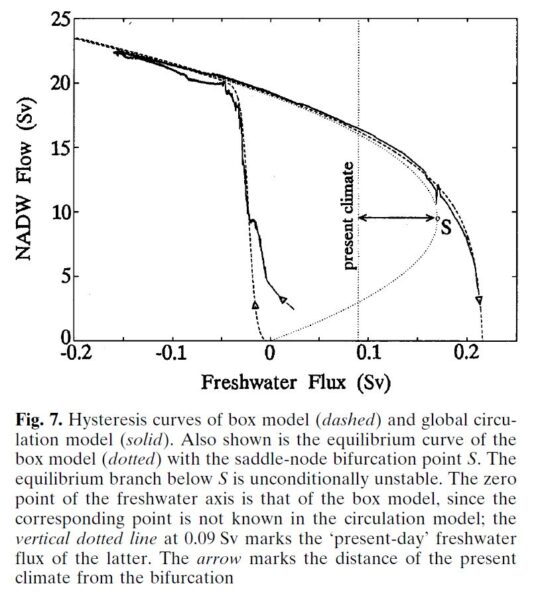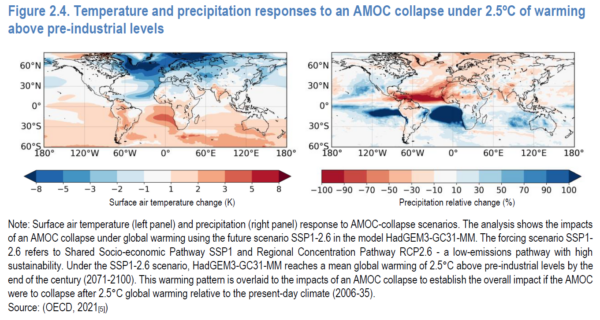By Stefan Rahmstorf and Dim Coumou
One claim frequently heard regarding extreme heat waves goes something like this: ”Since this heat wave broke the previous record by 5 °C, global warming can’t have much to do with it since that has been only 1 °C over the 20th century”. Here we explain why we find this logic doubly flawed.
One can ask two different questions about the influence of global warming on heat waves (Otto et al. 2012), and we take them in turn.
1. How much hotter did global warming make this heat wave? [Read more…] about Extremely hot

